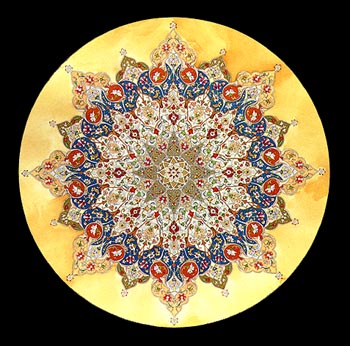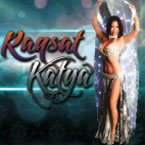
Précis: I found this to be one of the most enlightening articles that I have seen on the topic of indigenous music and copyright law. Its practical application to music producers of all music and ethnomusicologists in the field is enormous; Seeger is urging us as artists and scholars to pay attention to how our music is recorded, and then dispersed, and how that affects the culture it comes from, as well as international music law and how the music is to be used. Rights and ethics come under scrutiny in the dispute over who owns the music, as it is not always clear in traditional settings. In music studio settings it is very clear, so what happens to music that is recorded in traditional settings, and then reconstituted in a record studio? There are many implications to think about, and he has highlighted the ones he has encountered in his own fieldwork, and in the record industry via his own company. I have dissected the article below so as to highlight the main points.
Ownership, Control, and Mastery in a Traditional Society
- Seeger explains the musical paradigm of ownership for the Suya of Brazil: the kande is the musical owner, or master of a piece of music.
- The music is seen to come from nature, and that is the originator; then, the communicator of that song is our “composer”; lastly, the kande is the one who performs that music for the first time.
- This shows the difference of opinion of ownership from that of the West (347).
Enter the Researcher with his Tape Recorder
- In his case with the Suya, they did not mind being recorded, as long as the neighboring village could not hear them, as songs are seen as being powerful no matter where they were played (349).
- Seeger questioned how future generations of the Suya would feel about these recordings, as his dealings with only with living people with no written contract for the music.
Enter the Audio Archive
- Who owns the music, Seeger or the Suya? He felt they owned them, even though usually the collector claims them. He states that archives have several inadequacies in this area.
Enter the Recording Company
- He co-produced a recording with the Suya; he stated that trust is the foundation of recording fieldwork, and says that record companies and commercial recordings are the “interface” between communities like the Suya and the multi-national recording industry (352).
Copyright: Ownership and Control Become Business
- Copyright law within the US is literally the right to make copies; song, melody and text are one area, and the actual singing is another. Users must pay a fee to the company, which the company then issues as a royalty to the performer.
- A company can own a song and its right for the life of the performer + 50 years under current copyright law, then it is public domain.
- He says the law is based on four principles: 1) the individual creativity; 2) that said individual should receive compensation for a limited period of time; 3) the law leaves unclear the status of arrangements of “traditional” songs; and 4) the musical item copyrighted is item-titled based (353).
Copyright at Work
- He uses the song “Happy Birthday” as a perfect example of this; every time it is recorded in audio or video format a fee must be paid.
Copyright Unworkable
- He uses the traditional Suya song, “Big Turtle Song”, as an example of a song that is owned by a community who attributes its origin to a species of honey bee. Even if a copyright were issued, there would be no way to insure compliance to the law.
Copyright Contested
- He uses the song “Home on the Range” to portray a situation in which a song’s origin is forgotten, and although reconstituted in a new form, this new form cannot be copyrighted because of origin discrepancy.
Six Perspectives on Music Ownership
- Seeger is concerned with musical ownership in the following perspectives:
- As a Musician: he feels that creativity might be stifled in live performances if people feel their music might be pirated.
- As a Researcher: he vocalizes his and others fears that “someone may be getting rich on our music” with regards to fieldwork materials. This shows the dichotomy of traditional music and its various recorded arrangements.
- As a Co-Producer of a Recording: he is concerned with the lack of protection and ethics of using traditional people’s music on commercial recordings.
- As the Director of a Small Record Company: here he is concerned with the financial implications of trying to sell music. He advocates awareness and convenience for cultural property.
- As a Member of the ICTM committee on musical copyright: He sees a need to make a division between the practices of the US and Europe and the rest of the world in musical copyright law. He states there are shortcomings to these Western laws when it comes to the rights of communities and not just individuals.
- As an Ethnomusicologist: He is concerned with all of the above. He says we all need to be clear about the rights and obligations of the originators of the music we are recording, as there is a dialogue with contemporary music here.
Work Cited:
Seeger, Anthony. “Ethnomusicology and Music Law”. Ethnomusicology, Vol. 36, No.3, Special Issue: Music and the Public Interest. (Autumn, 1992), pp. 345-359.







